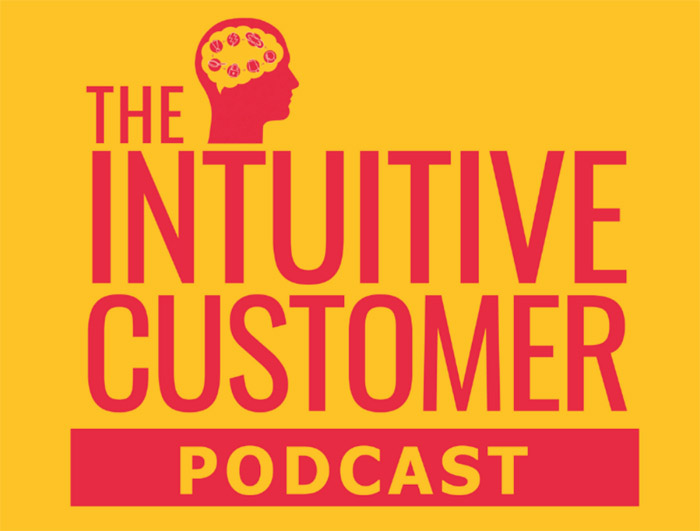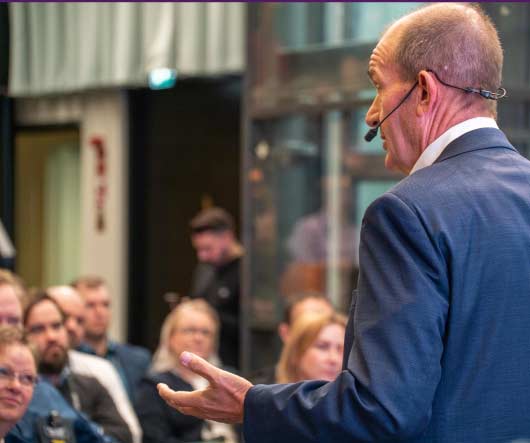In this episode, we dive deep into the concept of empathy and its significance in Customer Experience Management. We challenge common perceptions of empathy, explore its connection to emotional intelligence, and examine how both concepts can enhance your experience management efforts.
We begin with a discussion on the importance of Emotional Intelligence (EQ), referencing some compelling statistics:
- Emotional intelligence influences 58% of job performance.
- 90% of top performers at work have a high EQ score.
- The demand for EQ skills is projected to grow six-fold in the next three to five years.
- Employees with empathetic leaders report a 76% increase in engagement and a 61% boost in creativity.
- Restaurants managed by individuals with high EQ see a 22% annual profit growth.
- EQ interventions in the workplace can reduce employee turnover by 63%.
- 75% of Fortune 500 companies have utilized EQ training tools.
Our guest, Sandra Thompson, an emotional intelligence coach from Evolution, shares her insights on empathy within the context of EQ. She emphasizes the necessity of using empathy skills, which involve asking questions and truly listening to understand another person’s feelings and interpretations, rather than projecting our own emotions onto their experiences.
We also explore the idea that traditional empathy might be too contextual, as emotions are personal and can lead to misunderstandings if the emotional context differs. Thompson’s concept of “walking in the customer’s shoes” is dissected, with the notion that while some shared experiences can foster empathy, unique contexts might still cause disconnects.
We break down empathy in emotional intelligence into three approaches: bad (not caring), good (walking the experience as if you were a customer), and better (experiencing as a customer and asking questions to understand their feelings). This layered approach is essential for effective experience management and creating genuine connections with customers.
In this episode we also explore:
- The impact of empathy on job performance and employee engagement.
- How empathy and emotional intelligence can reduce employee turnover and increase profitability.
- The role of emotional intelligence in leadership and its effect on creativity.
- Strategies for developing and implementing emotional intelligence skills in the workplace.
- Real-life examples of how empathy and EQ improve customer experiences.
- The importance of self-awareness in emotional intelligence and managing personal emotions.
- Practical tips for enhancing empathy skills through active listening and inquiry.



